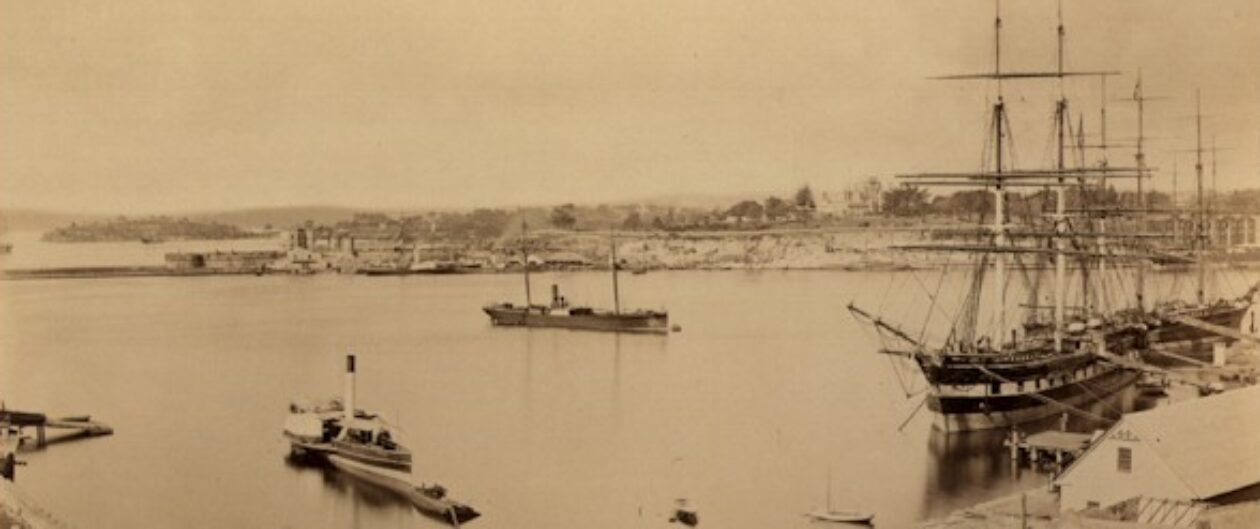The albumen print, invented in 1850 by Louis Désiré Blanquart-Evrard, was the first commercially exploitable method of producing a print on a paper base from a negative. It used the albumen found in egg whites to bind the photographic chemicals to the paper and became the dominant form of photographic positives from 1855 to the turn of the century, with a peak in the 1860-90 period.
Albumen prints are placed in direct contact with the negative. Since the image emerges as a direct result of exposure to light and without the aid of a developing solution, the albumen print is a printed rather than developed photograph.
Frederick Scott Archer’s invention of sensitizing glass plates with Collodion (wet plate) in 1851 revolutionized photography. Within ten years it had replaced almost all other processes. The use of glass negatives instead of paper made a far better image, as well as the ability to make multiple copies of consistent quality. This hailed the beginning of the Golden Age of photography when everything and anything was possible to photograph, both in the studio and out in the furthest reaches of the World.
In this section we bring you some of those images that demonstrate this new found freedom.

